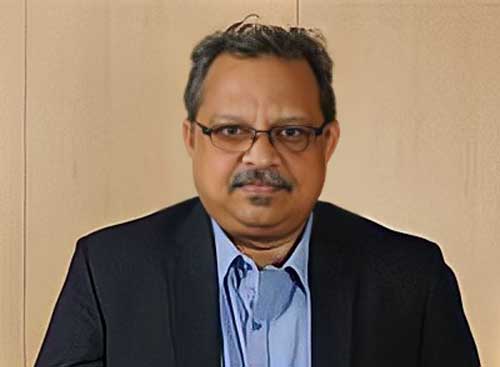Q 1. What metrics can be developed to effectively measure the environmental impact of advanced digital technologies in manufacturing?
To effectively measure the environmental impact of advanced digital technologies in manufacturing, key metrics include energy consumption per unit produced, carbon emissions per process line, and waste-to-product ratios. Additionally, real-time monitoring of resource efficiency—like water and raw material usage—through IIoT sensors and AI-powered analytics enables tracking improvements driven by automation and digital controls. At Delta Electronics India, we also apply Internal Carbon Pricing (ICP) to evaluate the ROI of sustainable innovations and assess emission reductions aligned with Science-Based Targets (SBTs). Metrics around reduced downtime, predictive maintenance success rates, and optimized energy loads further indicate the efficiency and eco-impact of smart digital upgrades.
Q 2. How can we assess the social benefits of integrating immersive or digital collaboration technologies into manufacturing processes?
Social benefits of immersive and digital collaboration tools—such as AR/VR training, remote diagnostics, and AI-enabled decision-making—can be assessed through workforce productivity, safety incident reduction, and training effectiveness. At Delta, we observe that employees trained using immersive simulations adapt faster, reduce operational errors, and report higher satisfaction. These tools also enable inclusive learning, bridging skill gaps for non-English-speaking or rural workers. Metrics like employee retention, cross-functional collaboration frequency, and reduction in manual stress or fatigue are useful indicators. Ultimately, these technologies help create safer, more connected, and empowered manufacturing environments, aligning with our broader ESG goals on workplace equity and wellbeing.
Q 3. What economic advantages does investing in decentralized manufacturing infrastructure offer in India?
Investing in decentralized manufacturing boosts regional industrialization, reduces logistics costs, and enhances supply chain resilience—particularly critical in a vast, diverse country like India. Delta’s experience with our Krishnagiri facility in Tamil Nadu shows that local manufacturing hubs enable faster time-to-market, improve resource availability, and reduce last-mile delivery emissions. It also opens opportunities for skilled local employment, minimizes inter-state dependencies, and drives operational cost-efficiency. Moreover, decentralized setups benefit from state-specific incentives, creating economic diversity and reducing concentration risks. This model is key to advancing Make in India while promoting agile, regionalized value chains.
Q 4. How can decentralized manufacturing infrastructure in India contribute to environmental sustainability?
Decentralized infrastructure reduces environmental strain on urban clusters by spreading industrial activity more evenly across regions. At Delta, our Krishnagiri plant utilizes rooftop solar panels (5.5 MW) and 9.6 million kWh wind energy, demonstrating how smaller, regionally distributed facilities can harness local renewable sources effectively. It also reduces long-haul transportation emissions and allows for localized sourcing, minimizing supply chain carbon footprints. These units often have a lower ecological load and are easier to regulate under green building norms. Additionally, decentralized units can better align with community-level conservation, groundwater recharge, and waste segregation programs, contributing meaningfully to India’s sustainability roadmap.
Q 5. What innovative approaches can manufacturing units in conserved ecosystems adopt for sustainable waste management?
In environmentally sensitive zones, manufacturing must prioritize zero-waste-to-landfill practices, circular production models, and community-integrated waste solutions. Delta Electronics India employs authorized recyclers for 100% waste diversion and implements auto tube cleaning systems in chillers to reduce water waste. Manufacturing units can adopt AI-driven waste audits, bio-enzyme treatment of wastewater, and use biodegradable packaging materials. Creating closed-loop reuse systems, investing in e-waste reverse logistics, and adhering to Extended Producer Responsibility (EPR) mandates ensures transparency and compliance. Collaboration with local communities and biodiversity stakeholders also ensures sustainable waste practices are ecosystem-respectful.
Q 6. How can nature-inspired cooling and waste management solutions enhance sustainability in electronics manufacturing?
Nature-inspired solutions, such as passive evaporative cooling, green roofs, or biomimetic airflow systems, offer energy-efficient alternatives to traditional HVAC systems in electronics manufacturing. Delta leverages smart chiller systems with auto-cleaning features that mirror nature’s self-regulating principles, saving over 600,000 kWh annually. Similarly, constructed wetlands or natural filtration systems can treat wastewater with minimal chemicals, inspired by ecological cycles. These methods not only reduce carbon footprints and operational costs but also contribute to climate resilience, particularly in water-stressed regions. Integrating biomimicry into waste and cooling systems supports Delta’s goal of harmonizing industrial growth with environmental preservation.













